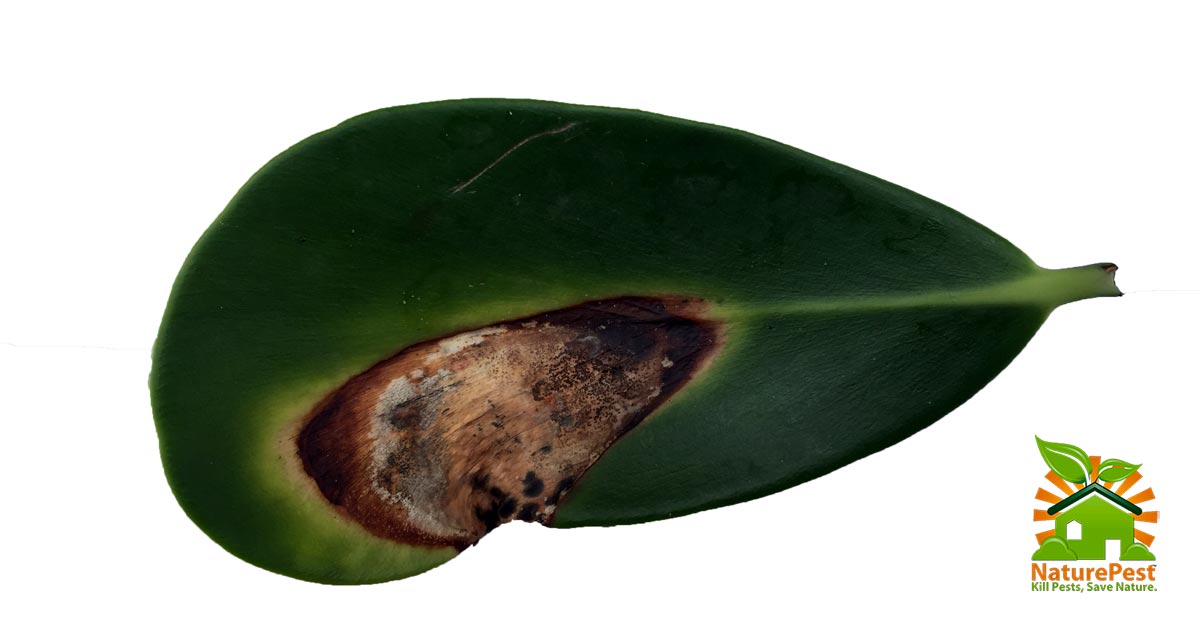Clusia Insect Pests Diseases of Clusia guttifera and Clusia rosea can be found on both in South Florida.
Clusia can suffer from Insect pests such as Scale, Thrips and diseases like Anthracnose , Pythium, Rhizoctonia, Alternaria, Gloerosporium, Ascochyta, Phomopsis, Cylindrocladium, Fusarium, and Thielaviopsis Fungi.
Both Clusia guttifera and Clusia rosea have leathery leaves are thick, the teardrop or paddle shaped leaves are fat. They are Low-maintenance except for the occasional pest and disease problem mostly scale and anthracnose disease.
Clusia Rosea is also known “Pitch Apple” tree And both are called Autograph Tree because if you carve you’re name or initials into the leaf and it will stay there forever or as long as the leaf doesn’t fall off the plant.
Clusia Guttifera is the dwarf variety and commonly used as a hedge or accent and occasionally as a small tree.
Clusia rarely flower except than in the warmest areas of Zone 10 such as south Florida. The flowers are a pale pink and will appear in summer only.
They make excellent hedges for privacy or large accent plants, or trees for shade. They are salt tolerant this makes it an ideal plant selection for a seaside home or ocean front property.
Proper Care and Maintenance of Clusia

When planting new Clusia avoid deep planting, Clusia top roots should be planted at ground level. The top root depth should not be more than 1 inch beneath the soil. If top roots are planted too deep beneath the soil it can couse distress, pale colored and falling leaves.
If planted as a hedge avoid mechanical trimming with hedge trimmer the leaves will look horrible this is common mistake by landscapers and homeowners. Both Clusia species must be hand pruned and this can be a laborious and expensive proposition so many choose the easy ways out and uses a hedge trimmer.
With Clusia Guttifera it is best to perform a minor hand pruning several times per year, never remove more than 20% to 30% at one time.
With Clusia Rosea You can perform one hard pruning per year in early spring from late March to early April, never remove more than 20% to 30% at one time.
Fertilize 3 times per year
Clusia Taxonomy Specifications
Symbol: CLUSI
Group: Dicot
Family: Clusiaceae
Kingdom: Plantae – Plants
Subkingdom: Tracheobionta – Vascular plants
Superdivision: Spermatophyta – Seed plants
Division: Magnoliophyta – Flowering plants
Class: Magnoliopsida – Dicotyledons
Subclass: Dilleniidae
Order: Theales
Family: Clusiaceae ⁄ Guttiferae – Mangosteen family
Genus: Clusia L. – attorney
Source: http://plants.usda.gov/core/profile?symbol=CLUSI
Recommended Insecticide and Fungicide Products
Clusia Fungus Control
In order to select the right fungicide you must have an accurate diagnosis of the fungus and verify if that strain is on the label, if the strain is not on the label it will never cure the problem it’s not that the fungicide did not work its that it was never labeled to cure that fungus, all fungicides do not cure all funguses. For diagnostics and plant analysis The Florida Tropical Research and Education Center offers laboratory service http://www.plantclinic.org/
For the occasional fungus problem we recommend the following Fungicides CuPro 5000 Copper Fungicide Cleary 3336 and Heritage Systemic fungicide.
Clusia Insect Control
For the occasional insect pest such as scale and thips you can spray them with a natural product such as Ecovia once per week for three weeks to break the live life cycle and get control. If you have a persistent problem and frequent spraying is too much for you then consider perform a systemic root drench using Dominion 2L systemic insecticide to the roots once per year.







